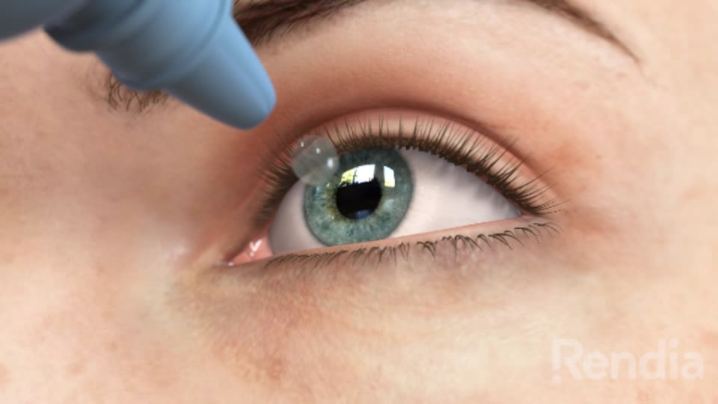What You Need to Know about Glaucoma Eye Drop Treatment | National Glaucoma Awareness Month1/1/2019
How Glaucoma Eye Drops Work Eye drops treat glaucoma by decreasing eye pressure. They may work by either promoting the flow of fluid from the eyes or reducing the amount of fluid produced. Different classifications of eye drops are used based on the damage to the visual field and the optic nerve. In some cases, eye pressure may be lowered by one single medication. But in other instances, multiple eye drops may be needed. Types of Eye Drops for Glaucoma Glaucoma medications are categorized by the active ingredient that is used to treat the disease. Your ophthalmologist may recommend one or more of the following classifications of eye drops, depending upon your particular condition: Prostaglandins Prostaglandin eye drops are often the first line of treatment for glaucoma. Eye drops containing prostaglandins work by promoting the outflow of fluid from the eye. By improving fluid removal, eye pressure decreases, which prevents further damage to the optic nerve. Prostaglandins are usually used once a day. Beta-Blockers Eye drops containing beta-blockers decrease eye pressure by reducing the production of aqueous fluid. Beta-blockers are considered a second-line treatment for glaucoma. They may be contraindicated if you have certain heart problems, so be sure to tell your eye doctor your full medical history. Depending on the specific medication prescribed, they are typically used once or twice a day. Alpha Agonists Eye drops containing alpha-agonists also work by decreasing the rate of fluid production in the eyes. These drops are usually used two or three times a day. Combination Medications In some instances, more than one classification of eye drops may be needed. A few drug manufacturers have developed combination medications that contain two different active ingredients to treat glaucoma. Common Side Effects of Glaucoma Eye Drops While eye drops usually cause less systemic side effects than oral medications, side effects can still occur. A common side effect of eye drops may include burning and stinging in the eyes immediately after administering the drops. Side effects of glaucoma eye drops may also vary based on the type of medication they contain. According to the American Academy of Ophthalmology, possible side effects may include:
It’s important to make sure your eye doctor knows what other medications you are taking. The medication in eye drops is absorbed into the bloodstream. Certain medications can interfere with each other when they are taken together. Additional adverse effects may also occur when some medications are combined. How to Use Eye Drops It’s essential to use eye drops as prescribed to improve their effectiveness and decrease possible side effects. If side effects become bothersome, you should always talk with your ophthalmologist before stopping the medication. Failing to take your medication as directed can result in less than maximum results and could allow your condition to advance. Your ophthalmologist may be able to prescribe a medication that may have fewer or more manageable side effects for you.
Here are some suggestions for using your glaucoma eye drops:
Using glaucoma eye drops gets easier with practice. But if you have trouble using eye drops, have a family member or friend place the drops in your eyes. If a family member is administering the drops, be sure they follow the same steps to decrease the chances of contamination and infection. Eye drops can be an effective treatment for people with glaucoma, slowing progression of the disease and preserving vision. If you have any questions about glaucoma or would like to schedule an appointment with one of our ophthalmologists, please call our office at 508-746-8600. Thanks for joining us for National Glaucoma Awareness Month. If you missed our previous posts on the subjects, please click the links below to learn more:
You may also visit our glaucoma-related webpages for more information: Comments are closed.
|
EYE HEALTH BLOGCategories
All
Archives
July 2024
|
|
Kadrmas Eye Care New England
55 Commerce Way, Plymouth, MA 02360
14 Tobey Road, Wareham, MA 02571 133 Falmouth Road (Rt 28), Mashpee, MA 02649 |
Phone Number:
1-508-746-8600 Hours: Monday through Friday — 8 AM – 4:30 PM |


 RSS Feed
RSS Feed
